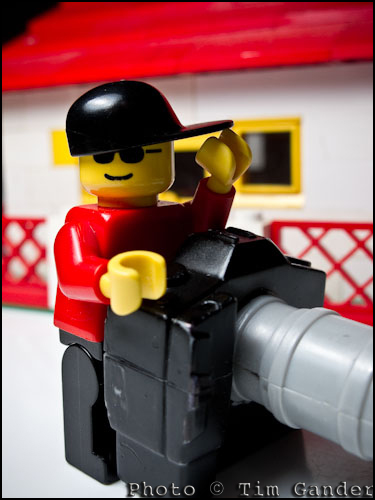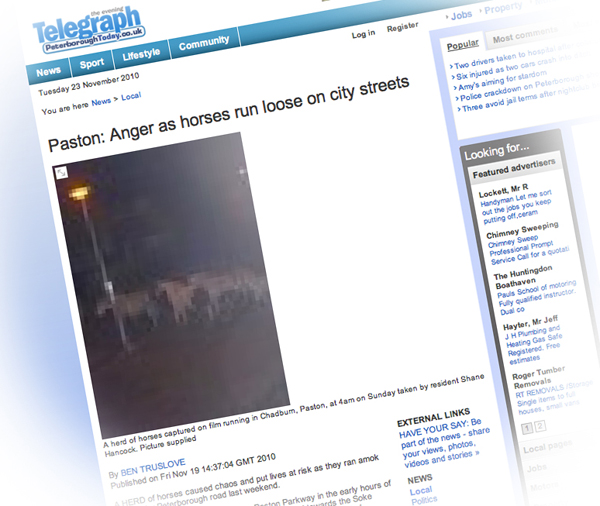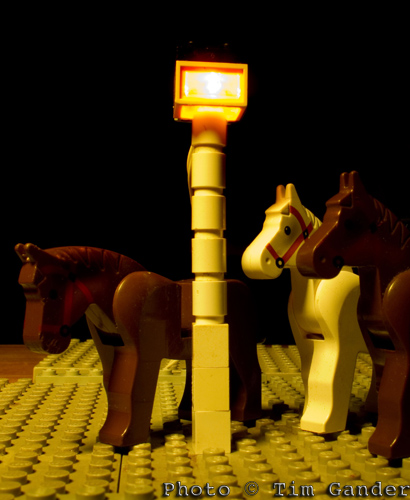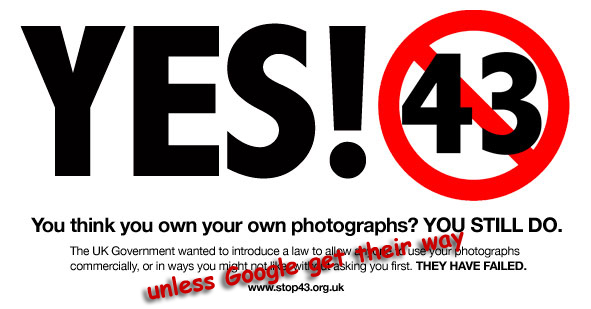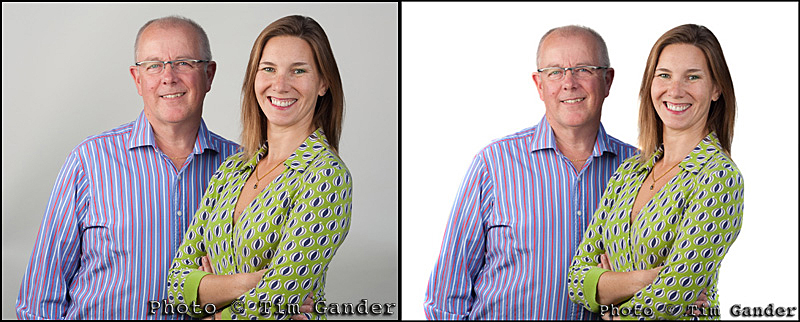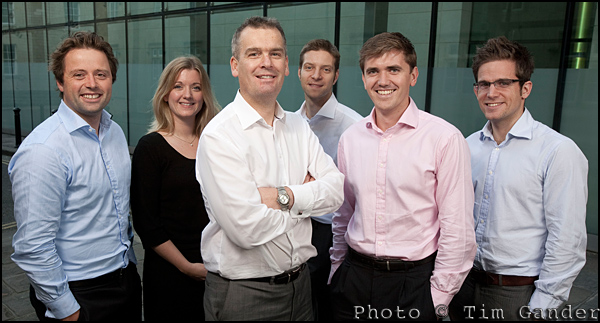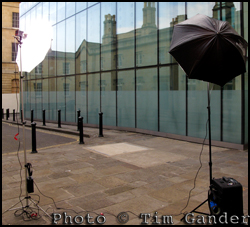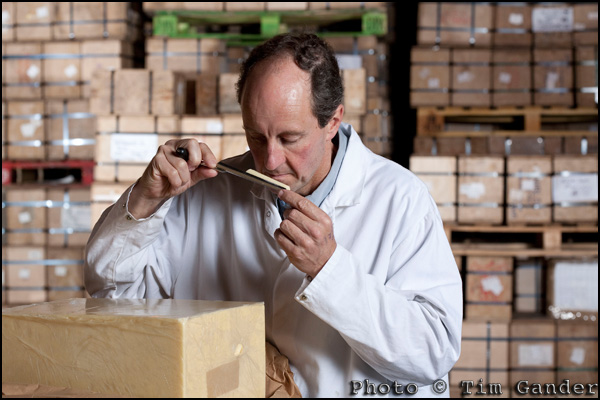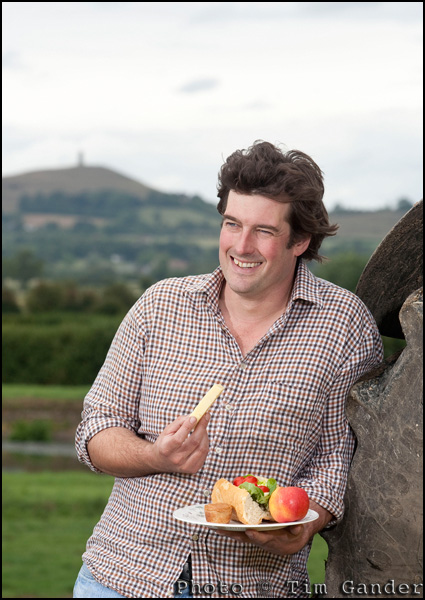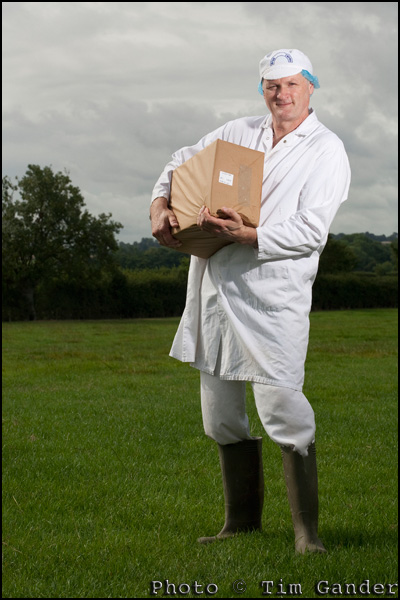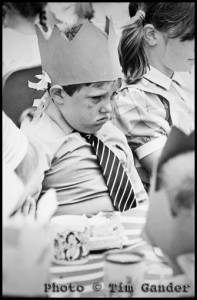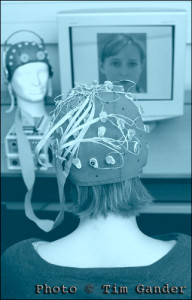I just want to say (smiles coyly to camera) what an honour it’s been (wipes tear from eye) to be (voice cracks) Freshly Pressed by WordPress.com (fans face with hands).
No, this article isn’t going to read like an Oscar acceptance speech, but of course I’m really pleased with all the attention my blog received as a result of being Freshly Pressed. I’d seen the Freshly Pressed feature of WordPress when I very first signed up and presumed it was just something that happened to other people’s blogs, never mine. So I was somewhat taken aback by the sudden spike in views and comments on my last post, and at first didn’t twig what had happened.
And now I need to thank a lot of people for reading, liking, commenting and subscribing to my blog. However much emotion is removed from text on a screen, believe me I’m quite humbled by all the attention my blog has received by being “Pressed”. Thank you to everyone, and of course thank you to the human/and/or computer algorithm that chose my blog to be featured.*
The nature of the post that got featured was, perhaps even more so than previously for me, Ranty with a capital “R”. I’d seen a link to the article and accompanying photo about wild horses in Peterborough, the red mist descended and I was off. I probably wrote the “LEGO photo” article more quickly than any since my very first blog article.
But whenever I write about issues surrounding photography about which I feel strongly, I worry. Am I going too far? I know some of my clients also read my articles and I’m mindful of how I come across (just cross?) to them. By airing issues that are important to the future of professional photography, am I risking alienation from those who give me my living? I sincerely hope not. The clients who use me probably know me better than to confuse the professional photographer with the amateur blogger, and of course I know the difference between tackling issues that matter in a mature way, and ranting in a “life ain’t fair” sort of a way about how the World owes me a living.
It’s clear though that while I’m willing to stick my head above the parapet on issues I feel strongly about, other photographers stick firmly to the cuddly corporate line; their blogs being purely geared to Google rankings, crammed with keywords designed to get them up the search tables.
That isn’t to say I don’t use my blog to promote my work too. I sometimes publish case studies, which are my way of highlighting some of the work I do at the same time as giving those clients I feature a little added publicity, however modest.
Even with case studies I hope I give business owners and marketing managers ideas on how to use photography more effectively. Oh, and of course I need the added Google juice the blog brings. It’s the only way I can get my site listed higher than all the social photographers who pretend to do commercial photography, but who pay lots of money to get higher listings for work they don’t specialise in… but that’s another rant, which I’ve already had.
Perhaps it’s unfortunate that an article which is more strident than my norm should have got the “star” treatment, but I hope all my new subscribers (as well as my dedicated clients) will stick around because through these articles, in between flogging my wares and airing my views, I’ll still be writing about issues which have a great impact on the Profession and its future viability, because I don’t believe in pretending the issues don’t exist.
Gosh, I got a bit serious for a moment there. So I’m just going to say thank you again and please pass on my link to anyone else you think would value what I have to say, and I look forward to writing many more articles. From the ranty to the corporatey to the downright silly.
Thank you (runs off-stage, sobbing and clutching huge bouquet of flowers).
*Erica Johnson, Editorial Producer for WordPress.com assures me the featured blogs are chosen by human beings, not algorithms. Thank you Erica!

